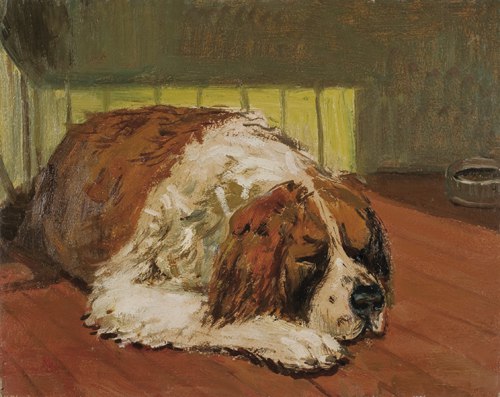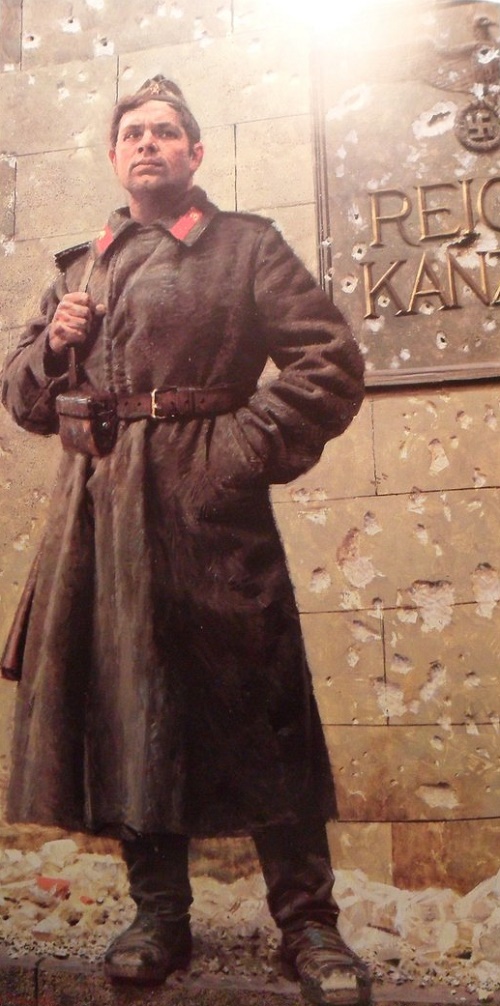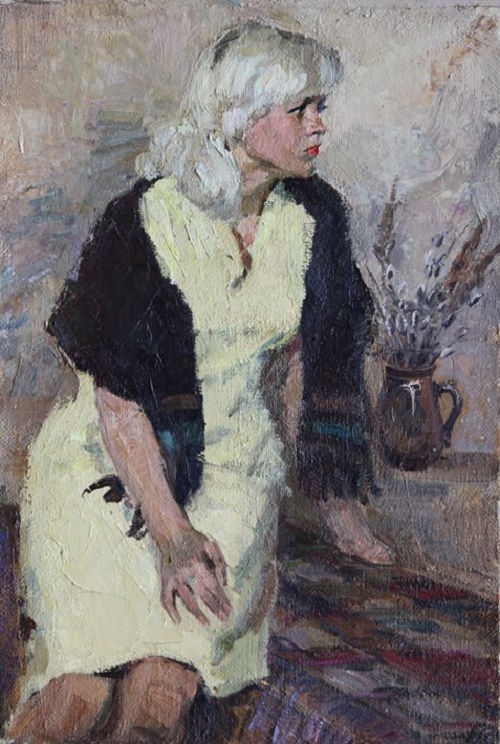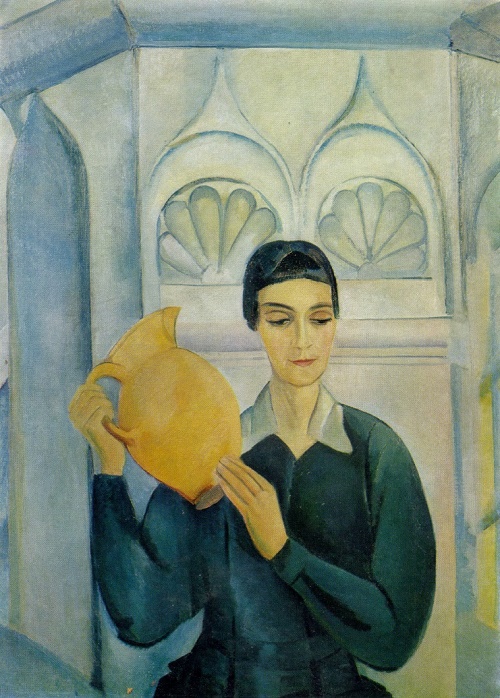Soviet Self-taught Artists All-Union exhibition
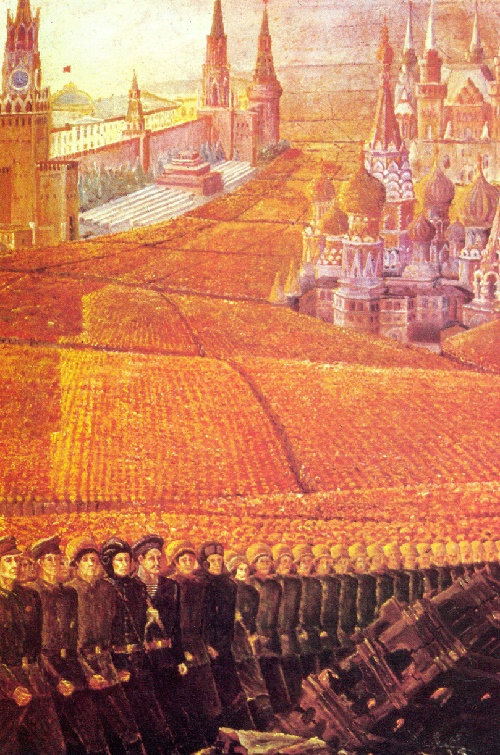
Fragment of painting ‘To the memory of twenty million people’ (died in WWII). Artist G.P. Sapozhnikov. 1975 Soviet Self-taught Artists All-Union exhibition
Soviet Self-taught Artists All-Union exhibition
First of all, this post is a tribute to the amateur artists of the USSR, and, in particular, those, whose works became a part of All-Union exhibition of 1977. By the way, the exhibition, titled “Self-taught Artists – to their Motherland” was a great success. According to a prominent Soviet artist D. Shmarinov, the exhibition was the self-portrait of the country. And those who sincerely love art, who had occasion to see the exhibition of amateur artists, still keep bright memories of them for a long time. Indeed, there is so much amazing truthfulness, integrity of perception, vital persuasiveness and at the same time, poetic freshness and spiritual health.
Especially rich in information about the life of the country were all-union expositions, representing the work of people’s talents from all the republics of the USSR.
More »
